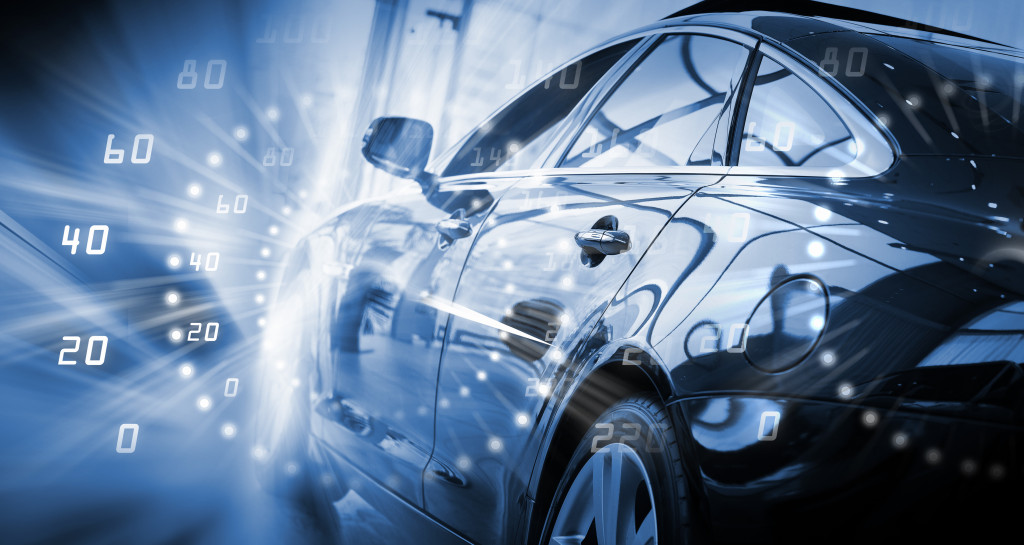Author: Sackstein Sacktein & Lee
The National Transportation Safety Board (NTSB) investigated the Tesla fatal car crash that occurred in May of 2016. The Tesla semi-automated car driven by Joshua Brown crashed into a tractor-trailer and hit it broadside as the trailer made a left turn. More than a year later after the crash, in September 2017, the NTSB stated that Tesla should have had more operation limitations on drivers of semi-automatic cars.
Facts About the Tesla Fata Car Crash
The New York Post reported that the accident occurred in Williston, Florida (southwest of Gainesville) at an intersection. Joshua Brown had set the cruise control for 74 mph two minutes before the crash occurred. The speed limit was 65 mph and neither the driver nor the autopilot sensors noticed the tractor-trailer and consequently neither applied the brakes. An under-ride accident occurred with the car passing under the trailer.

Tesla’s Response to the Accident
In June 2016, Tesla said that Autopilot “is not perfect and still requires the driver to remain alert.”
Brown’s family released a state in September that stated, “We heard numerous times that the car killed our son. That is simply not the case,” the family’s statement said. “There was a small window of time when neither Joshua nor the Tesla features noticed the truck making the left-hand turn in front of the car.”
The statement went on to say, “People die every day in car accidents. Change always comes with risks, and zero tolerance for deaths would totally stop innovation and improvements.”
The family’s lawyer and spokesperson for Tesla declined to answer whether Tesla and the family had reached a legal settlement.
NTSB Holds Tesla Accountable
Certainly the truck driver and car driver had responsibility in not noticing each other’s vehicles. However, the NTSB also holds Tesla accountable. The Board believes the car needs safeguards such as the following:
- Ensuring drivers paid attention and preventing over reliance on the automatic driving.
- Allowing drivers only to use the system on highways and limited-access roads as the owner’s manual recommends.
- Restricting use on roadways with cross traffic since the autopilot system does not reliably detect cross traffic.
- Including further limitations to prevent drivers from misusing the system.
Semi-automatic cars are the bridge between driver controlled cars and completely automated cars. Accidents can occur until the correct balance is achieved and automation changes can actually prevent human errors.
